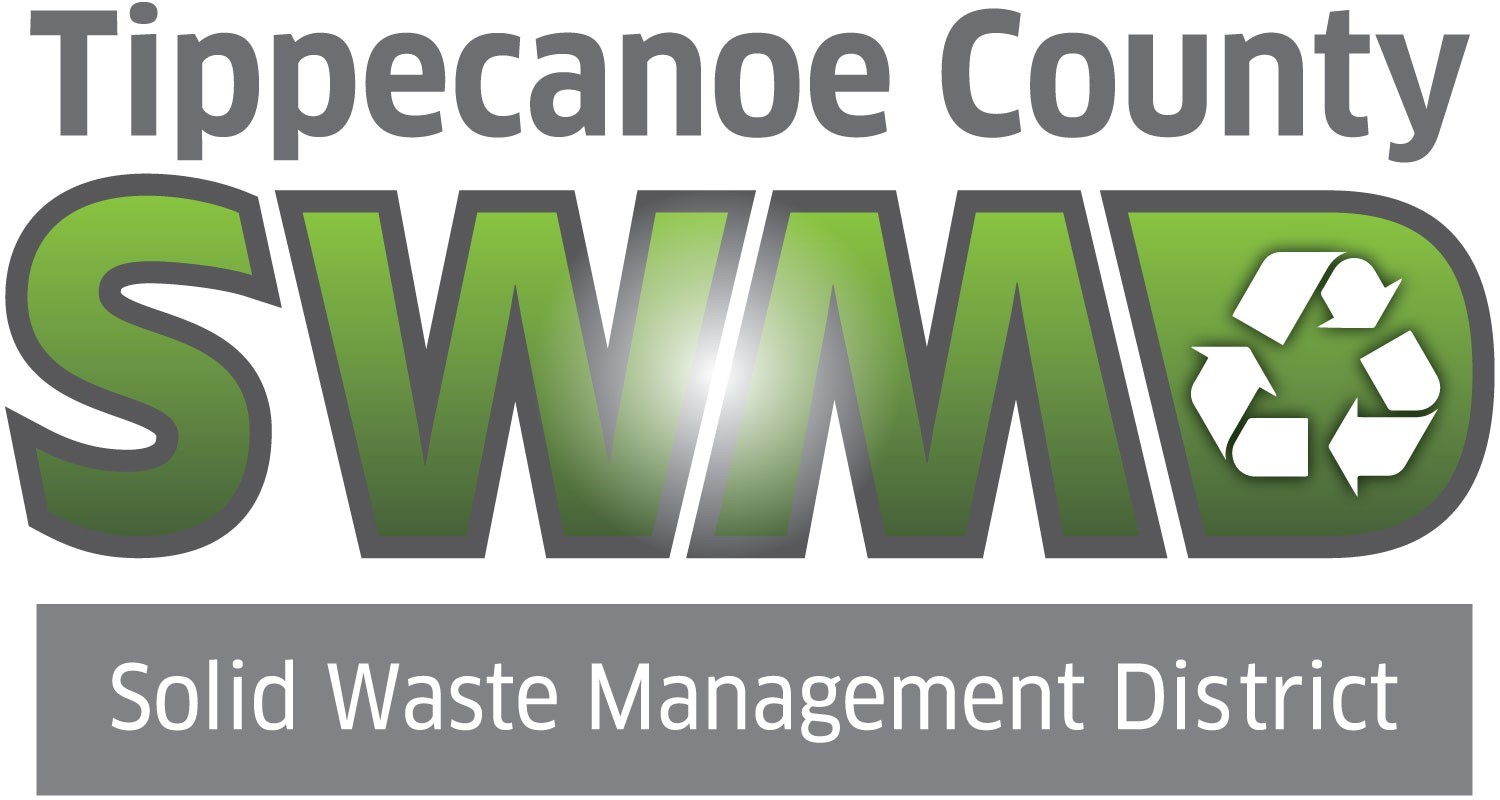Manufacturing Products from Recycled Plastic Using 3D Printers

The first plastic recycling mill opened in the United States in 1972 as a way to reduce the environmental impact of the use of plastic. Since then millions of tons of plastics have been recycled, but the success of plastic recycling has been highly dependent on citizen participation, the type of plastic involved and the cost of fossil fuels. New approaches to manufacturing recycled plastics and to managing the supply chain are needed to increase plastic recycling.
Tippecanoe County uses both curbside recycling and drop-off bins to collect recyclables. The materials are sent to sorting facilities where acceptable recyclables are diverted from the landfill. Two years ago downstream processors placed new restrictions on the level of contamination in shipments of recyclables and the kind of plastics allowed. Today, only bottles and jugs made from polyethylene terephthalate (PETE, #1 plastic) and high density polyethylene (HDPE, #2 plastic) are recycled. As a result, tons of plastics that could be recycled are being discarded monthly.
Under the guidance of the TSWMD Citizens Advisory Council, the objective of this project is to test the feasibility of creating simple goods from recycled HDPE and Polypropylene (PP, #5 plastic) using 3D printers. Objects including recycle bins, 5 gallon buckets, traffic cones, and plastic plant pots should be considered as potential end products along with any other items the team believes might be feasible.
